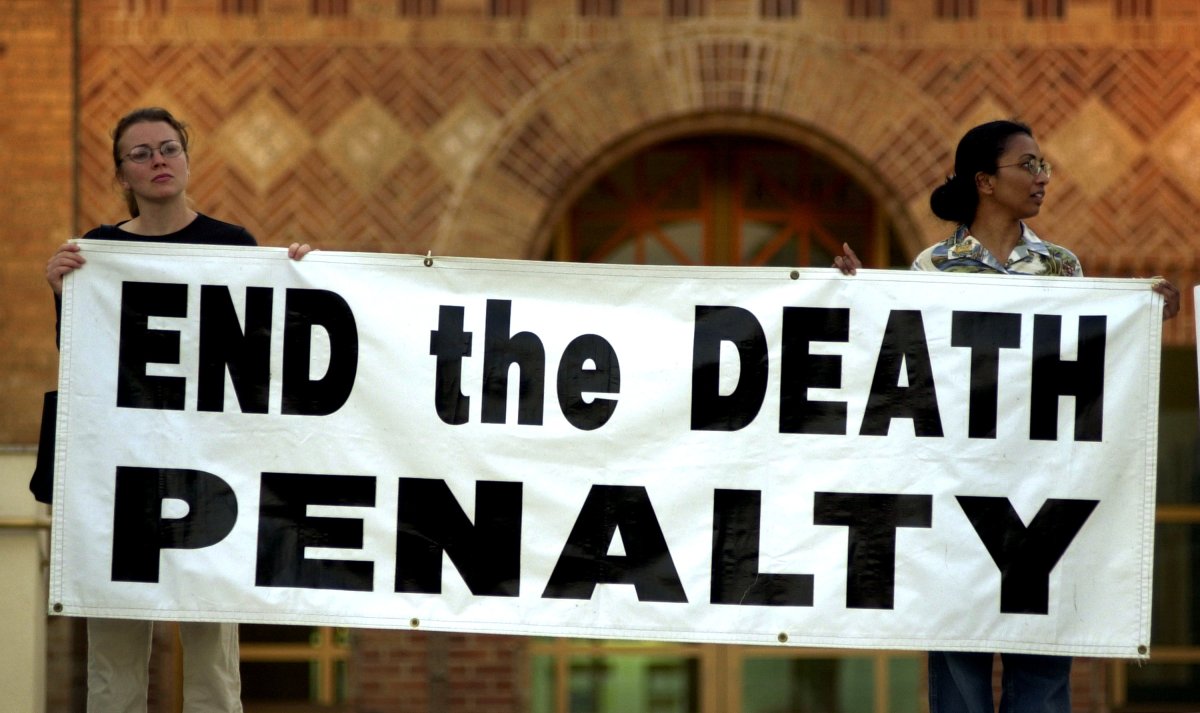On July 20, 2021, Billy Miller took his final breaths in the Huntsville Unit execution chamber. The process, however, was far from peaceful. Miller gasped and wheezed for 13 minutes before succumbing to the lethal injection cocktail. This wasn’t an anomaly. In fact, multiple botched executions raise serious questions about the humanity and legality of Texas’s persistent use of the death penalty.
Texas leads the nation in executions, with over 570 carried out since 1982. Despite its prevalence, the system is riddled with issues, making it a cruel and unusual punishment in violation of the Eighth Amendment.
A History of Injustice: The Troubled Past of Texas Executions
Texas’s history with capital punishment is drenched in barbarity. Public hangings were commonplace until the early 20th century, replaced by the supposedly more humane electric chair in 1923. However, even electrocution proved gruesome, with inmates often convulsing and burning for extended periods.
A turning point came in 1972 with the landmark Supreme Court case Furman v. Georgia. The Court found existing death penalty statutes, including Texas’s, arbitrary and capricious, leading to a nationwide moratorium on executions.
Texas responded by revising its capital punishment laws, introducing a bifurcated trial process and narrowing the criteria for capital murder. These changes paved the way for Gregg v. Georgia (1976), where the Supreme Court deemed the reformed system constitutional.
The Current System: Is Fairness Achieved?
The Texas death penalty process involves a two-stage trial. First, a jury determines guilt. If convicted, a separate hearing focuses on sentencing, with the jury deciding between death and life imprisonment. This seemingly structured system, however, fails to guarantee fairness.
Racial disparities plague the Texas death penalty. According to the Death Penalty Information Center, Black defendants are sentenced to death at a disproportionate rate compared to white defendants, even when controlling for crime severity. For instance, a 2017 study by the Texas Defender Service found that Black people make up a third of the state’s population but constitute half of its death row inmates.
Socioeconomic factors further skew the system. Capital murder cases often involve complex legal strategies. However, indigent defendants frequently lack access to qualified legal representation, putting them at a significant disadvantage. This lack of resources can have life-or-death consequences.
The Innocence Project, a non-profit organization dedicated to exonerating the wrongly convicted, highlights the chilling possibility of executing innocent people. In Texas alone, 18 individuals have been exonerated from death row since 1973, a stark reminder of the system’s fallibility.
A Flawed Methodology: The Problem with Lethal Injection
Texas currently utilizes lethal injection as its execution method. This seemingly sanitized approach raises ethical concerns of its own. The three-drug cocktail used is often unreliable, with some drugs difficult to obtain due to ethical stances of pharmaceutical companies. This shortage can lead to delays and the use of untested alternatives, raising concerns about increased suffering during executions.
The very nature of lethal injection is far from painless. Botched executions, like Billy Miller’s, are a grim reality. Inmates can gasp, convulse, and even appear conscious for extended periods, raising serious questions about whether this method constitutes cruel and unusual punishment.
Beyond the Gruesome: The Psychological Toll
The death penalty’s impact extends far beyond the execution chamber. Inmates on death row often endure years, sometimes decades, in solitary confinement. This prolonged isolation can lead to severe mental health issues, including depression, anxiety, and even psychosis.
The emotional strain doesn’t stop there. Families of those sentenced to death face a constant state of limbo, grappling with the possibility of closure or the agonizing wait for an execution date. This emotional rollercoaster can tear families apart.
Even executioners and witnesses are not immune. Studies suggest that participation in taking a life can lead to post-traumatic stress disorder and other psychological burdens.
A Futile Endeavor: Does the Death Penalty Deter Crime?
Proponents of the death penalty often cite deterrence as a justification. However, research on the issue is inconclusive. Numerous studies have failed to establish a clear link between capital punishment and reduced crime rates.
The death penalty also carries a hefty price tag. Extensive legal proceedings, pre-execution housing, and post-execution procedures make it significantly more expensive than life imprisonment without parole.
There are alternative forms of punishment that can effectively serve the goals of justice and public safety. Life imprisonment without parole offers a permanent solution for dangerous offenders while eliminating the risk of executing an innocent person.
The Voice of the People: Shifting Public Opinion
Public opinion on the death penalty has been steadily shifting in recent years. A 2021 Gallup poll found that only 55% of Americans support capital punishment, a historic low. In Texas itself, a 2020 University of Texas at Austin poll revealed that a majority of residents oppose the death penalty.
This decline in support stems from several factors. The growing awareness of wrongful convictions highlights the system’s fallibility. The exorbitant cost of the death penalty compared to life imprisonment also raises questions about its fiscal responsibility. Finally, many people grapple with the ethical implications of taking a life, even for the most heinous crimes.
As an alternative, restorative justice initiatives are gaining traction. These programs prioritize healing for victims’ families and communities, often involving dialogue with the offender to understand the root causes of the crime.
The Path Forward
The flaws in the Texas death penalty system are undeniable. The system is plagued by racial bias, limited access to qualified defense, and the risk of executing innocent people. The psychological toll on all involved, coupled with the lack of a proven deterrence effect, further underscores the need for reform.
A moratorium on executions in Texas is a crucial first step. This pause would allow for a comprehensive review of the system, addressing issues of racial bias, access to legal representation, and the reliability of lethal injection.
Legislative reform is also essential. Policies to mitigate racial disparities in sentencing and ensure access to qualified legal defense are critical. Furthermore, exploring alternative forms of punishment, such as life without parole and restorative justice programs, offers a more humane and potentially more effective approach to achieving justice.
Public education and outreach play a vital role in moving forward. Open discussions about the ethics and effectiveness of the death penalty are necessary to inform public opinion and advocate for reform.
Conclusion
The Texas death penalty system is a flawed and inhumane practice. Racial bias, the risk of wrongful convictions, and the psychological burdens it inflicts all contribute to a system that violates the Eighth Amendment’s protection from cruel and unusual punishment.
Texas has a chance to break away from this legacy of injustice. By implementing a moratorium, enacting legislative reform, and fostering open dialogue, the state can move towards a more humane and effective justice system. The lives saved and the communities healed will be a testament to the power of choosing a different path.
Additional Resources
- Death Penalty Information Center: https://deathpenaltyinfo.org/
- Amnesty International: https://www.amnesty.org/en/what-we-do/death-penalty/
- Texas Coalition to Abolish the Death Penalty: https://tcadp.org/
This article provides a starting point for further exploration. We encourage readers to delve deeper into the resources listed above and engage in informed discussions about the future of capital punishment in Texas.



